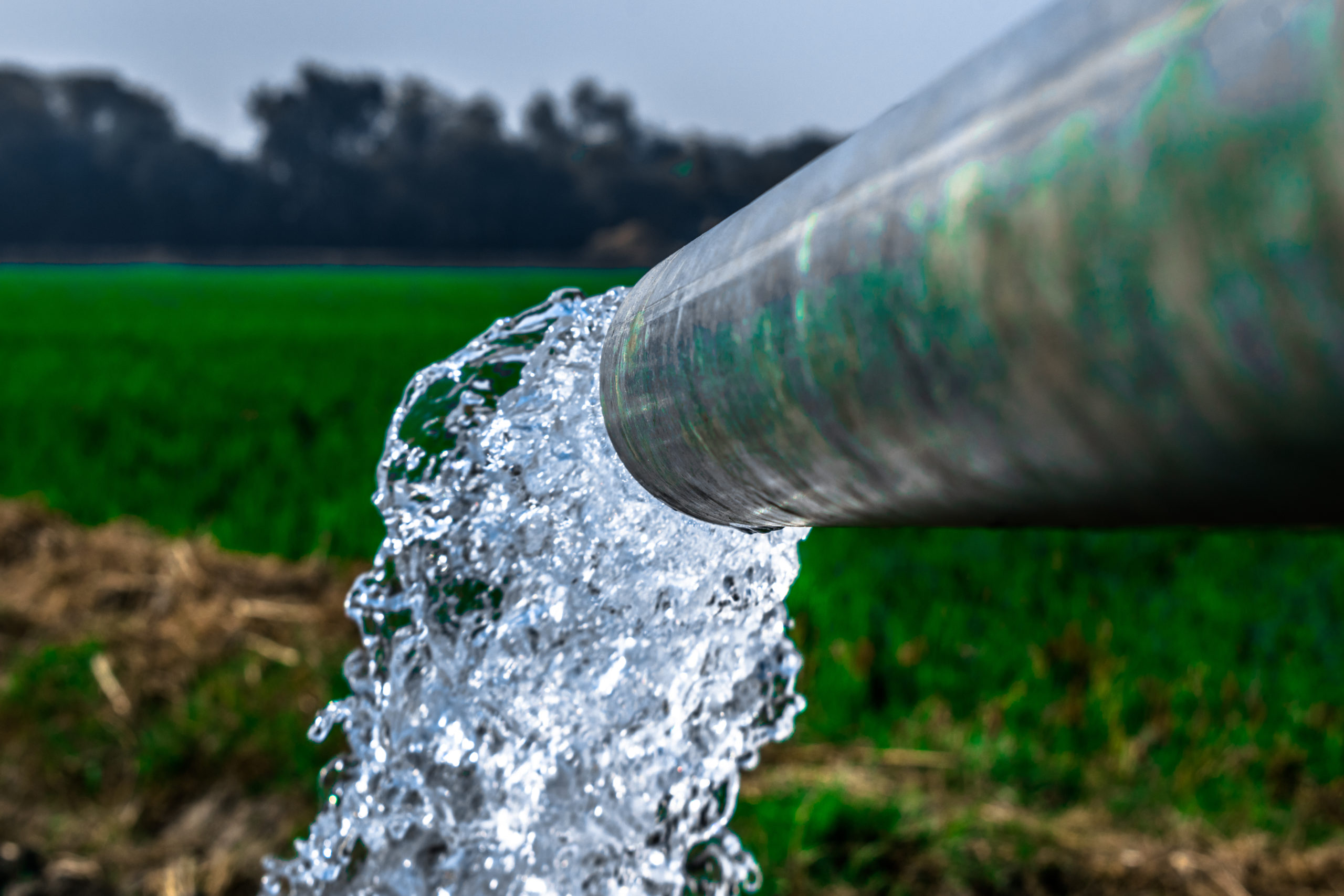Cost-efficient Solutions for Large-Scale Waste Water Treatment Facilities
Cost-efficient Solutions for Large-Scale Waste Water Treatment Facilities
Blog Article
Strategic Approaches to Enhance Waste Water Treatment Performance and Decrease Ecological Impact
In the realm of waste water treatment, the mission for enhanced efficiency and minimized environmental influence is a perpetual difficulty that requires critical solutions. As culture comes to grips with the imperative to take care of water resources sustainably, a nuanced approach ends up being necessary. The assimilation of advanced treatment modern technologies, energy-efficient procedures, resource healing methods, improved nutrient removal strategies, and wise tracking and control systems represents a diverse framework for addressing these pushing concerns. What lies at the core of this complex web of strategies is the prospective to transform the way we approach waste water therapy, not simply as a process of disposal, yet as an important chance for technology and environmental stewardship.
Advanced Treatment Technologies
Cutting-edge membrane filtering systems have actually reinvented innovative wastewater therapy procedures, dramatically enhancing the elimination of impurities. These cutting-edge systems operate forcibly water via a semi-permeable membrane layer, effectively dividing contaminations from the water stream. The membrane's tiny pores trap toxins such as germs, viruses, and put on hold solids, permitting just purified water to go through. This innovation has shown to be extremely effective in getting rid of a wide variety of contaminants, consisting of drugs, heavy metals, and organic compounds, which are commonly challenging to eliminate through standard treatment methods.
Moreover, membrane filtering systems offer countless advantages over traditional treatment techniques. Furthermore, these systems are very flexible and can be quickly integrated right into existing treatment plants or utilized as standalone systems for decentralized applications.
Energy-Efficient Processes
The integration of energy-efficient procedures in wastewater therapy systems is vital for optimizing source utilization and reducing functional prices. By carrying out energy-efficient innovations, therapy plants can substantially decrease their carbon impact and general environmental influence. One crucial approach to boosting power effectiveness in wastewater treatment is the usage of advanced aeration systems, such as great bubble diffusers or surface aerators, which can improve oxygen transfer efficiency and decrease power usage. In addition, integrating energy recuperation systems, like anaerobic food digestion for biogas production or using excess warm for thermal processes, can help counter energy demands and promote sustainability.
In addition, optimizing process control and automation with using innovative sensors and keeping an eye on systems can boost total power efficiency by changing operations in real-time based on real need and problems. Applying energy audits and consistently monitoring power performance indications are important practices to identify areas for renovation and track energy-saving campaigns properly. Generally, the adoption of energy-efficient processes in wastewater therapy not only profits the atmosphere yet additionally adds to long-lasting expense financial savings and functional sustainability.
Resource Recuperation Methods
With a focus on optimizing source utilization and sustainability in wastewater therapy systems, the implementation of resource recuperation methods becomes a critical facet in enhancing operational performance. Resource healing methods in wastewater therapy include the recognition and extraction of important sources from the waste stream, thus turning what was as soon as considered waste right into a beneficial asset. By applying resource recovery strategies such as nutrient elimination and recovery, power generation from organic matter, and the manufacturing of multiple-use water, wastewater therapy plants can minimize environmental influence while taking full advantage of effectiveness.

Boosted Nutrient Elimination Techniques
Executing sophisticated nutrient removal strategies is vital for maximizing the performance of wastewater therapy systems. One of the vital methods made use of for boosted nutrient removal is the procedure of biological nutrient removal (BNR), which entails the removal of nitrogen and phosphorus through organic procedures.

In enhancement to BNR, advanced treatment approaches such as membrane layer bioreactors (MBRs) and built marshes can additionally be used to boost nutrient removal efficiency. MBRs make use of membranes to achieve top notch effluent standards by properly eliminating nutrients and put on hold solids. Created wetlands mimic natural wetland processes to eliminate nutrients with plant uptake, microbial activity, and sedimentation. By incorporating these sophisticated nutrient removal methods right into wastewater treatment markets, municipalities and systems can successfully reduce nutrient air pollution and shield the environment.
Smart Tracking and Control Equipment
Using advanced technology, the integration of smart surveillance and control systems transforms the operational efficiency of wastewater therapy centers. These systems include innovative sensing units and data analytics to continuously check vital specifications such as pH degrees, turbidity, dissolved oxygen, and circulation prices in real-time. By gathering and assessing this information, drivers you could check here can obtain valuable understandings right into the performance of the therapy procedures, enabling positive modifications to enhance treatment effectiveness.
Smart tracking and control systems additionally support remote monitoring capabilities, enabling drivers to accessibility real-time data and control features from off-site places. This remote availability enhances functional flexibility and responsiveness, making it possible for swift interventions in situation of system malfunctions or changes in influent high quality. The anticipating maintenance capacities of these systems help protect against equipment failings and reduce downtime, eventually enhancing the general integrity of wastewater therapy procedures.
Conclusion
To conclude, calculated methods such as advanced treatment modern technologies, energy-efficient procedures, resource healing strategies, improved nutrient elimination methods, and smart monitoring and control systems play an essential role in improving wastewater therapy performance and decreasing environmental impact. By applying these strategies, wastewater therapy plants can enhance their total performance, minimize energy you could try here consumption, recover useful sources, and guarantee compliance with environmental guidelines. These methods are necessary for sustainable and efficient wastewater administration techniques.

In final thought, tactical techniques such as advanced treatment technologies, energy-efficient processes, resource healing techniques, enhanced nutrient elimination techniques, and smart tracking and control systems play a vital duty in boosting wastewater therapy efficiency and decreasing ecological impact.
Report this page